 时刻新闻
时刻新闻
China is stepping up efforts to seek growth momentum from innovation and build its overall strength in science and technology.
Since the founding of the People's Republic of China led by the Communist Party of China, PRC has achieved fruitful development in various fields of science and technology.
The country has set the target of becoming a leading power in science and technology by the middle of this century.
Nuclear Bomb and Satellite Projects
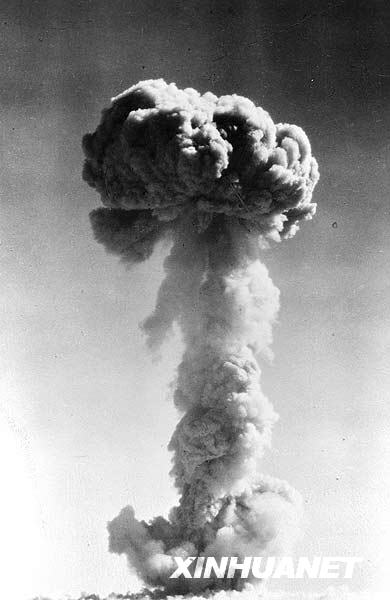
China successfully explodes its first atomic bomb on October 16, 1964.[Photo: Xinhua]
Based on the world situation in the wake of World War II and the Korean War, China decided to pursue nuclear weapons in the 1950s.
However, this was not easy for a country emerging from the ashes from decades of wars.
When the People's Republic of China was founded in 1949, the Soviet Union agreed to aid China technologically in the development of its nuclear industry. However, in June 1959, the Soviet Union decided to cut off its aid to China and recalled all technicians and advisers.
China would have to develop nuclear technology on its own.
Around 3,000 Chinese scientists, mostly in Western countries, returned home between 1950 and 1957, to help their country reach this goal.
On October 16, 1964, China successfully tested its first atomic bomb.
On the same day, the Chinese government declared that China developed nuclear weapons only for the purpose of self-defense and safeguarding national security, and China would never at any time or under any circumstances be the first to use nuclear weapons.
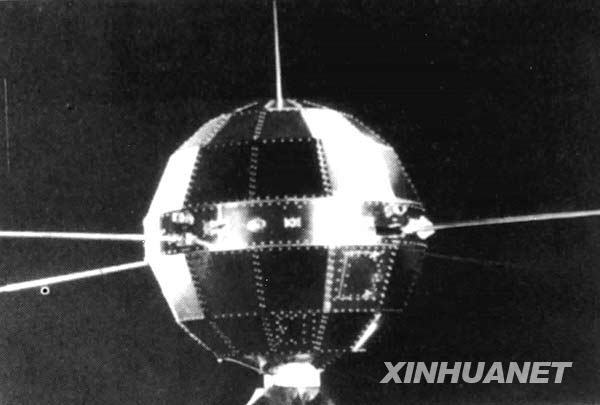
China uses the “Long March" rocket to launch the first artificial satellite "Dongfanghong I" successfully on April 24, 1970.[Photo: Xinhua]
China's first man-made earth satellite -- 'Dong Fang Hong One' -- was also successfully launched on April 24th, 1970.
It is seen as a breakthrough and foundation-laying in the country's space industry.
The success of the atomic and hydrogen bombs and the subsequent satellite launch marked a milestone in the advancement of China's national defense as well as the achievement in science and technology for the young republic.
Nanjing Yangtze River Bridge
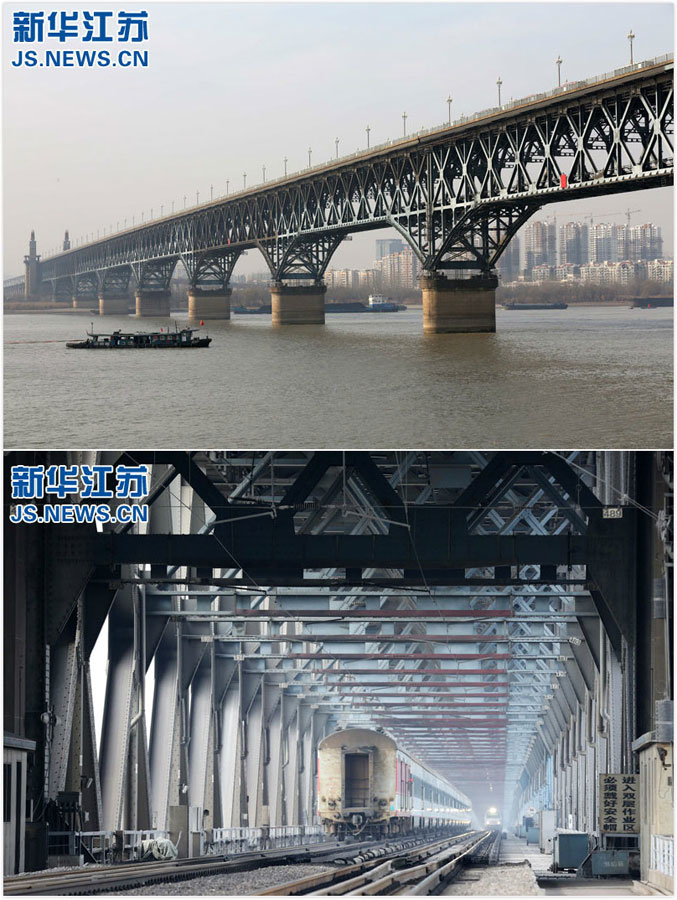
File photo of Nanjing Yangtze River Bridge. [Photo: Xinhua]
The Yangtze River Bridge was constructed between 1960 and 1968 when the CPC led mass development and construction projects for the recovery of China's economy.
It is the third bridge built to span the Yangtze River after the Wuhan Yangtze River Bridge and the Chongqing Baishatuo Yangtze River Bridge.
It set up many records in Chinese bridge construction history and had great significance in China's economy, politics and strategic development.
The bridge is listed in Guinness Records as the longest bridge with dual functions of highway and railway.
It is also the first combined bridge built by Chinese in PRC.

File photo of Nanjing Yangtze River Bridge. [Photo: Xinhua]
The bridge shortened the traffic time across the Yangtze River from the original 1.5 hours to less than 2 minutes, greatly facilitating the communication and transportation between north and south China, creating enormous economic benefits.
Before the construction of the Nanjing Yangtze River Bridge, traffic between south and north China was dependent on ferries, which were extremely slow.
Antarctic Research Stations
Polar research is an important part of China's scientific and technological programs.
Despite China being a latecomer to Antarctic research, the country has made stunning headway in the past three decades.
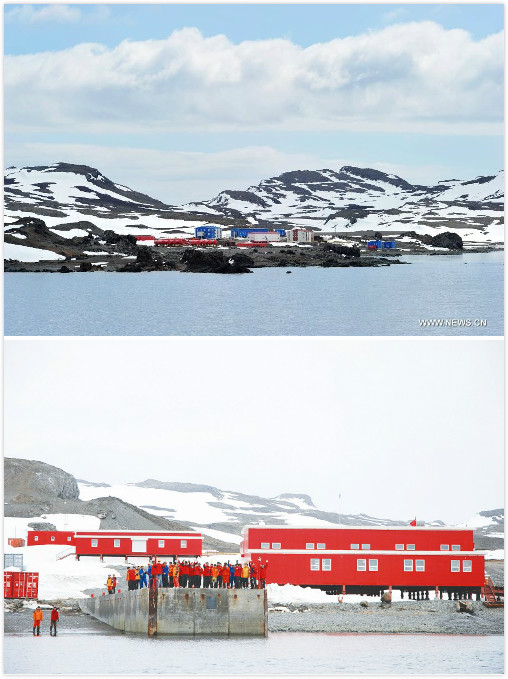
The Changcheng Station is seen from the Chinese research vessel and icebreaker Xuelong in Antarctica, Jan. 28, 2014. [Photo: Xinhua]
The country launched its first Antarctic expedition in 1984, and inaugurated the Great Wall station the following year.

Chinese icebreaker Xuelong, or Snow Dragon, arrives at the Zhongshan Station on Dec 2, it is the country's 30th expedition to the Antarctica which began on Nov 7. [Photo: Xinhua]
It opened the Zhongshan and Kunlun stations in 1989 and 2009 respectively. Kunlun station stands at more than 4,000 meters above sea level on one of Antarctica's highest ice caps.
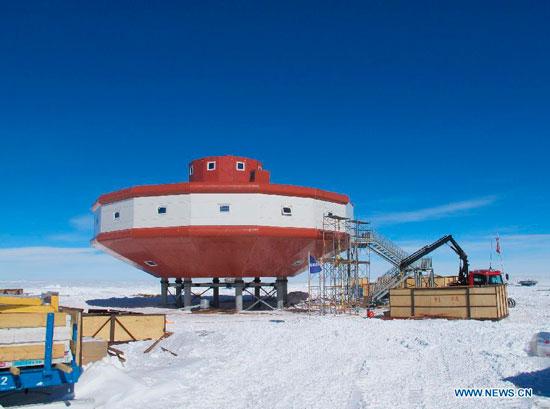
A file photo shows China's fourth Antarctic research station, Taishan Station. [Photo: Xinhua]
The fourth of its kind in Antarctica, the Taishan Station was completed in 2014. Teams based there provide logistical support and study the area's geology, glaciers, geo-magnetism and atmosphere.
China's explorations of the icy continent have always been peacefully intended and cooperative.
In 1983, China acceded to the Antarctic Treaty, which set aside Antarctica as a scientific preserve, established the freedom of scientific investigation and bans military activity on the continent.
The establishment of Antarctic research stations demonstrated China's resolution to effectively preserving the Antarctic ecological environment, guaranteeing the peaceful theme of polar research and protects the common benefit of mankind.
Qinghai-Tibet Railway
China opened the world's most elevated railway, with the first pair of passenger trains traveling across the "roof of the world" in Tibet on July 1, 2006, which rewrote the world's history of railway construction.

A file photo shows a train running on the Qinghai-Tibet Railway. [Photo: Xinhua]
Under harsh conditions of a low oxygen level and low temperatures, the railway builders solved several difficulties in design and construction to create an "engineering marvel" that links Tibet with the rest of China for the first time.
The Qinghai-Tibet railway is 1,956 kilometers long, with 960 km of the track located 4,000 meters above the sea level. Its highest point stands at 5,072 meters.
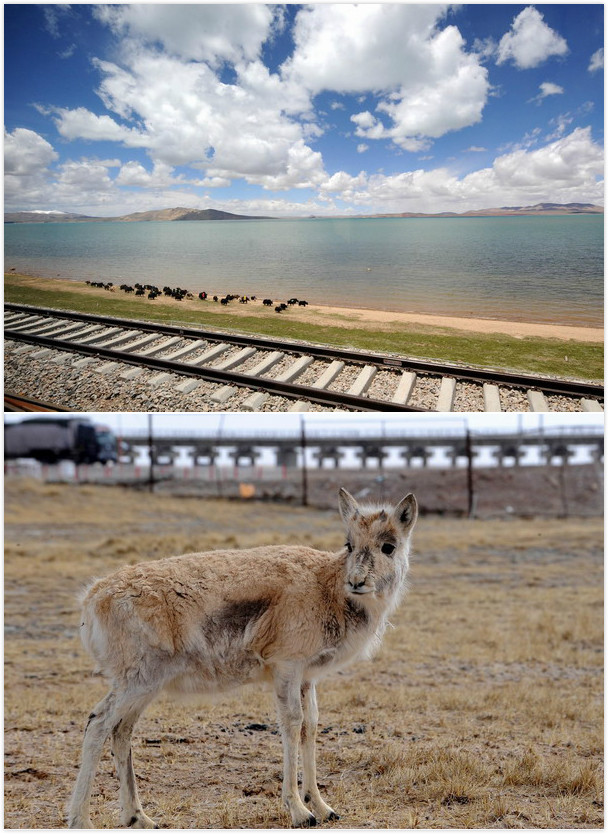
Wild animals are seen alongside the Qinghai-Tibetan Railway, Lhasa. [Photo: Xinhua]
It runs from Xining, provincial capital of Qinghai, to Lhasa, capital of Tibet Autonomous Region.
The section of 814 km from Xining to Golmud began operation in 1984. The second phase, linking Golmud to Lhasa, was built from June 2001 to October 2005.
Tibetans regarded the railway as a "road to heaven" that would bring them harmony, happiness and economic prosperity.
Three Gorges Dam
China completed construction of the world's largest dam in the Three Gorges area, central China's Hubei Province in May 2006.
The Three Gorges Dam is also the largest hydro-power station in the world.

Flood water is discharged from the Three Gorges Dam, a gigantic hydropower project on the Yangtze River, in Yichang City, central China's Hubei Province. [Photo: Xinhua]
The project signifies a milestone accomplishment of major structure of the mammoth Three Gorges water control project that aims to tame the flood-prone Yangtze River, the nation's longest.
The Three Gorges project was initially envisaged in 1918 by Sun Yat-sen, the forerunner of China's democratic revolution.
It had undergone protracted debates and research for around half a century before it was finally approved in 1992 by the National People's Congress, China's top legislature.
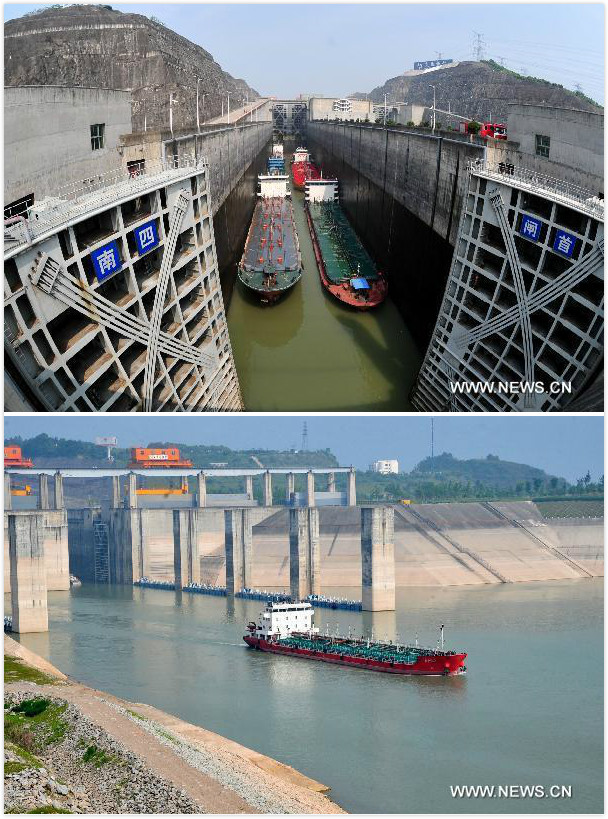
Freighters pass through the Three Gorges Dam on the Yangtze River, in Yichang, central China's Hubei Province, June 20, 2010. [Photo: Xinhua]
It is schemed to generate clean energy, benefit shipping and function in flood control that is its major effect.
The project helps the middle and lower reaches of the Yangtze River valley to withstand deluges that can be seen every 100 years.
The Three Gorges Dam boasts a total electricity generating capacity of 22.4 million kilowatts, an equivalent of the energy produced by a coal mine with an annual production capacity of 50 million tons or by an oilfield with an annual production capacity of 25 million tons of crude oil.
Shenzhou-6: China's Second Manned Space Mission

The Long March II F rocket carrying China's second manned spacecraft, Shenzhou-6, blasts off at the Jiuquan Satellite Launch Center in northwest China's Gansu Province Oct, 12, 2005. [Photo: Xinhua]
China launched the Shenzhou-6, the country's second manned flight in October 2005, carrying two astronauts for five days in orbit.
The two astronauts Fei Junlong and Nie Haisheng were aboard on the 155.5-hour space voyage.
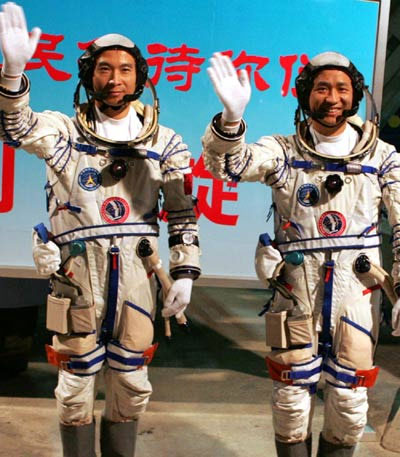
Fei Junlong (left) and Nie Haisheng wave to well-wishers before entering the launch pad of the Shenzhou-6 spacecraft Wednesday morning, October 12, 2005. [Photo: Xinhua]
After launching four unmanned spacecrafts of the Shenzhou series since 1999, China conducted a successful manned space flight in 21 hours and 23 minutes with the Shenzhou-5, piloted by one astronaut Yang Liwei, in 2003.
Shenzhou-6 is the country's first multi-manned and multi-day spaceflight, which paves the way for Chinese astronauts to live and work in a space station in the future.
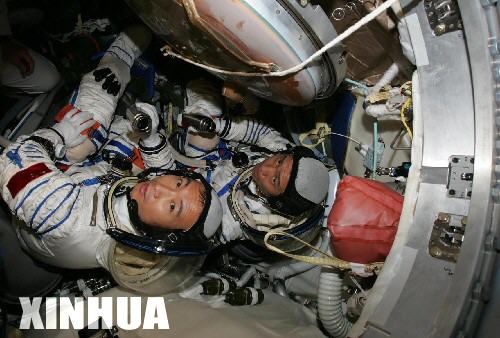
Chinese astronaut Fei Junlong (C), with the help of workers, gets out of the re-entry capsule of China's second manned spacecraft, Shenzhou-6, after landing in Siziwang Banner (County), north China's Inner Mongolia Autonomous Region, Oct. 17, 2005. [Photo: Xinhua]
Meanwhile, the move across the orbital and the re-entry capsules in the spacecraft is the first of its kind undertaken by Chinese astronauts in space, and a significant breakthrough of China's space technology.
The two astronauts conducted a series of scientific experiments aboard the Shenzhou-6, marking the first human-participated space scientific experiment program by Chinese astronauts.
China is also looking to probe the moon's south and north poles, as announced by authorities earlier this year.
A Mars probe is also on the agenda which would be carried out in about five years.



